Many of today’s portable devices contain rechargeable lithium-ion batteries, which are light-weight, energy dense and long lasting. Devices such as phones, tablets, power banks, computers, toys, appliances and power tools, as well as mobility equipment such as electric bikes and scooters. Lithium-ion batteries can also be found in caravans, commercial vehicles and worksites as well. The presence of lithium-ion batteries and devices in the Northern Territory is increasing as new and emerging technology is adopted.
It is important that we all understand the risks and be prepared if things go wrong.
Lithium-ion batteries must be treated with caution as they have potential to react if compromised and exposed to heat, fire or damaged. All lithium-ion battery fires start with thermal runaway. Lithium-ion batteries contain a large amount of energy in a very small space. Under normal operation, they rapidly convert chemical energy to electrical energy. Thermal runaway occurs when a battery cell short circuits and starts to heat up uncontrollably. If a cell is abused, e.g. by heating, crushing, penetration or overcharge, chemical reactions replace the normal electrochemical reactions: the former generates heat and toxic and flammable gases. The heat speeds up these exothermic reactions producing more heat and gases. Where large amounts of lithium-ion batteries are used or stored, such as in a commercial operation or large battery energy storage system (BESS), a specialist fire suppression system is recommended.
How to identify a lithium-ion battery
Lithium-ion batteries (LiB) come in various formats (i.e. cylindrical, flat, rectangular, pouch, and device specific) and can be difficult to identify as there is currently no requirement or standard for labelling or marking. Most Lithium-ion batteries will have some form of printing on them which contains either the words “lithium ion”, “Li-ion”, “Li-po”, “Lithium-polymer”, or some other variation of “Li” to denote the chemistry. If the battery is rechargeable and has “Li” or “Lithium” printed on it, you can safely assume that it is a lithium-ion battery.
Non-rechargeable or disposable lithium batteries, or lithium metal batteries should also be treated with caution as they can expel molten flammable metal and emit toxic gasses during a fire. Small fires involving single use, disposable lithium batteries should be treated as a Lithium-ion battery fire (see, what should I do if my device or battery is smoking or on fire?). Where large amounts of lithium metal batteries are used or stored, specialist Class D dry powder extinguishers may be required.
Why do lithium-ion batteries catch fire?
Lithium-ion batteries are highly energy-dense and contain electrolytes that are highly flammable. There are several situations that can lead to lithium-ion batteries catching fire, including:
- Overcharging or use of non-compliant charging equipment including chords
- Overheating or exposure to heat or extreme temperatures
- Physical abuse (e.g. dropping, crushing, piercing, and/or vibrations)
- Short-circuiting, battery cell malfunctions or system faults
- Defects or contamination introduced during manufacture
When lithium-ion batteries fail they can undergo the process called “thermal runaway”. This involves violent hissing of one or more battery cells, with the release of toxic gases. These gases contain chemicals which will inhibit life followed by intense jet type flames allowing a self-sustaining fire that is challenging to suppress.
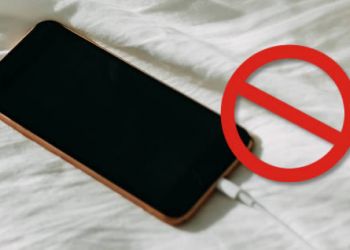
How can I prevent my devices or batteries from catching fire?
There are things that you can do to prevent an incident involving lithium-ion batteries.
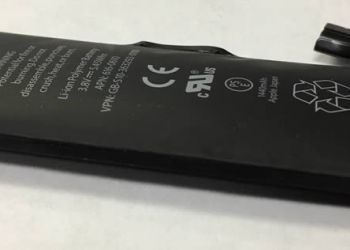
What should I do if my device or battery is damaged?
Batteries that show any signs of damage should be disposed of carefully as they carry the risk of becoming involved in a fire.
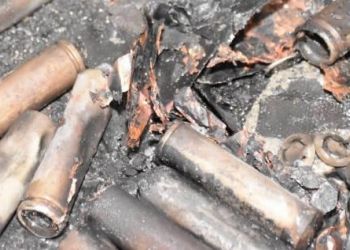
What should I do if my device or battery is smoking or on fire?
Thermal runaway events involving batteries can occur rapidly and can often be quite violent, involving toxic smoke and vapours, flames, and metal projectiles.
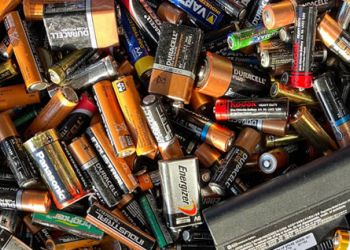
How can I recycle my used batteries?
Lithium-ion batteries should not be placed into household waste bins or recycling bins, as they can cause fires during waste collection, transportation, handling and processing.

E-bikes, e-scooters, and other light electric vehicles (LEV)
Electric bicycles (e-bikes), electric scooters (e-scooters), electric mobility (e-mobility) scooters, and self-balancing scooters (hoverboards), known as “micromobility” devices or “light electric vehicles (LEV)”, are growing in popularity.
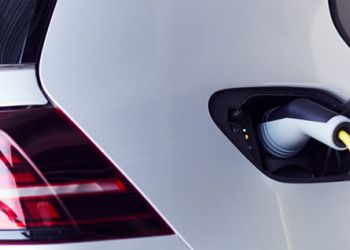
Electric vehicles
Electric vehicles (EVs) are becoming more prevalent as consumers select greener transport options.

Battery energy storage systems
Residential Battery Energy Storage Systems (BESS) are increasingly being used in conjunction with solar panel systems.
Did you know?
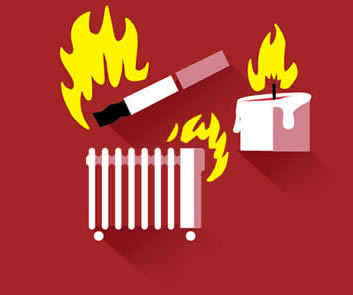
The use of heaters, cigarettes and candles are common causes of fires.

When you're asleep, you won't smell the smoke from a fire.
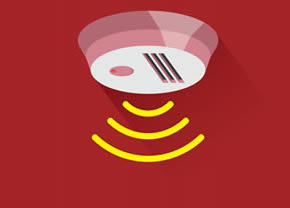
You're twice as likely to die in a home fire if you don't have a working smoke alarm.
Northern Territory Fire and Rescue Service responds to approximately
170
residential fires each year. Half of these fires start in the kitchen, mostly due to unattended cooking.

Electrical appliances and faults cause almost 40% of home fires.

